🌱💚 Philodendron: Versatile Greens for a Lush Home! 🌿✨
View allPhilodendron: The Versatile Beauty of Indoor Greenery
Introduction
Among the diverse array of houseplants, few can rival the charm and adaptability of Philodendron. With their striking foliage, unique shapes, and ease of care, Philodendrons have become a favorite among plant enthusiasts and interior decorators alike. These tropical beauties not only brighten up your space but also contribute to improved indoor air quality. In this blog, we will explore the origins of Philodendron, the ideal environments for their growth, essential care instructions, and meaningful occasions for gifting these remarkable plants.
Origin of Philodendron
Philodendron, originating from the Greek words "philos" (love) and "dendron" (tree), aptly describes the plant's affinity for climbing and growing among taller vegetation. This genus belongs to the Araceae family, primarily rooted in the tropical rainforests of Central and South America. With more than 400 species, Philodendrons exhibit remarkable diversity, from the popular Heartleaf Philodendron (Philodendron hederaceum) to the majestic Philodendron bipinnatifidum, often referred to as the Tree Philodendron.
In their native habitat, Philodendrons thrive in the understory of the rainforest, climbing trees, and absorbing light while taking in the surrounding humidity. This incredible adaptability has contributed to their popularity as houseplants, bringing the lush aesthetics of the tropics to our homes.
Preferred Environment for Philodendron
To ensure your Philodendron flourishes indoors, it is essential to replicate its natural tropical environment as closely as possible. Here are some key environmental factors to consider:
-
Lighting: Philodendrons thrive in bright, indirect light but can tolerate low-light conditions. Too much direct sunlight can scorch the leaves, while insufficient light can cause the plant to become leggy. A spot near an east or north-facing window typically works best.
-
Temperature: These tropical plants prefer warm temperatures, ideally between 65°F and 80°F (18°C to 27°C). Philodendrons are sensitive to cold drafts, so it's important to keep them away from air conditioning vents and drafty windows.
-
Humidity: Philodendrons enjoy moderate to high humidity levels, making them well-suited for bathrooms or kitchens. Aim for humidity levels of 40% or higher. If the air in your home is particularly dry, consider misting the leaves or using a humidifier.
-
Soil: A well-draining potting mix rich in organic matter works best for Philodendrons. A blend of potting soil, peat moss, and perlite can create the right balance to encourage healthy root growth.
Care Instructions for Philodendron
Caring for your Philodendron is relatively easy, enabling you to enjoy its beauty without a lot of fuss. Here are essential care tips to keep your plant healthy and thriving:
-
Watering: Water your Philodendron when the top inch of soil feels dry. It's important to avoid overwatering, as this can lead to root rot. During the growing season (spring and summer), you may find that watering every 1-2 weeks is sufficient.
-
Fertilizing: During the growing season, feed your Philodendron with a balanced liquid fertilizer every 4-6 weeks to promote healthy growth. In the fall and winter months, reduce fertilization, as the plant enters dormancy.
-
Repotting: Repot your Philodendron every 1-2 years or when it becomes root-bound. Choose a pot that is slightly larger than the current one, ensuring it has drainage holes to prevent water retention.
-
Pest Management: While Philodendrons are generally pest-resistant, they can occasionally attract pests such as spider mites, mealybugs, and aphids. If you notice any infestations, treat your plant promptly with insecticidal soap or neem oil, following the manufacturer's instructions.
-
Pruning: Routine pruning is beneficial for maintaining the shape and size of your Philodendron. Remove any yellow or damaged leaves as needed, using clean scissors to avoid spreading disease.
Gifting Themes and Occasions
The captivating beauty of Philodendron makes it a thoughtful gift choice for various occasions. Here are some themes where gifting a Philodendron would be particularly meaningful:
-
Housewarming Gift: A Philodendron acts as a warm welcome, symbolizing hospitality and comfort in a new home.
-
Birthday Present: Gifting a Philodendron on a friend's birthday represents growth and new beginnings.
-
Corporate Gift: Presenting a Philodendron to a colleague or business partner conveys professionalism and appreciation.
-
Just Because: Surprise a loved one with a Philodendron to show your affection and care without needing a specific occasion.
Conclusion
Philodendron is not just a houseplant; it’s a statement piece that adds elegance, warmth, and life to your indoor space. With their stunning foliage, resilience, and adaptability, these remarkable plants are ideal for both novice and experienced gardeners. By understanding their care requirements and creating the right environment, you can enjoy the beauty and grace of Philodendron for many years to come.
Whether as a thoughtful gift for special occasions or a cherished addition to your own plant collection, Philodendron embodies growth, strength, and the spirit of nature. Celebrate the joy of indoor gardening with this beautiful plant, and let it inspire you daily, reminding you of the harmony and tranquility that greenery brings to our lives. Embrace the charm of Philodendron and allow its presence to transform your home into a lush, inviting sanctuary filled with life and vitality.


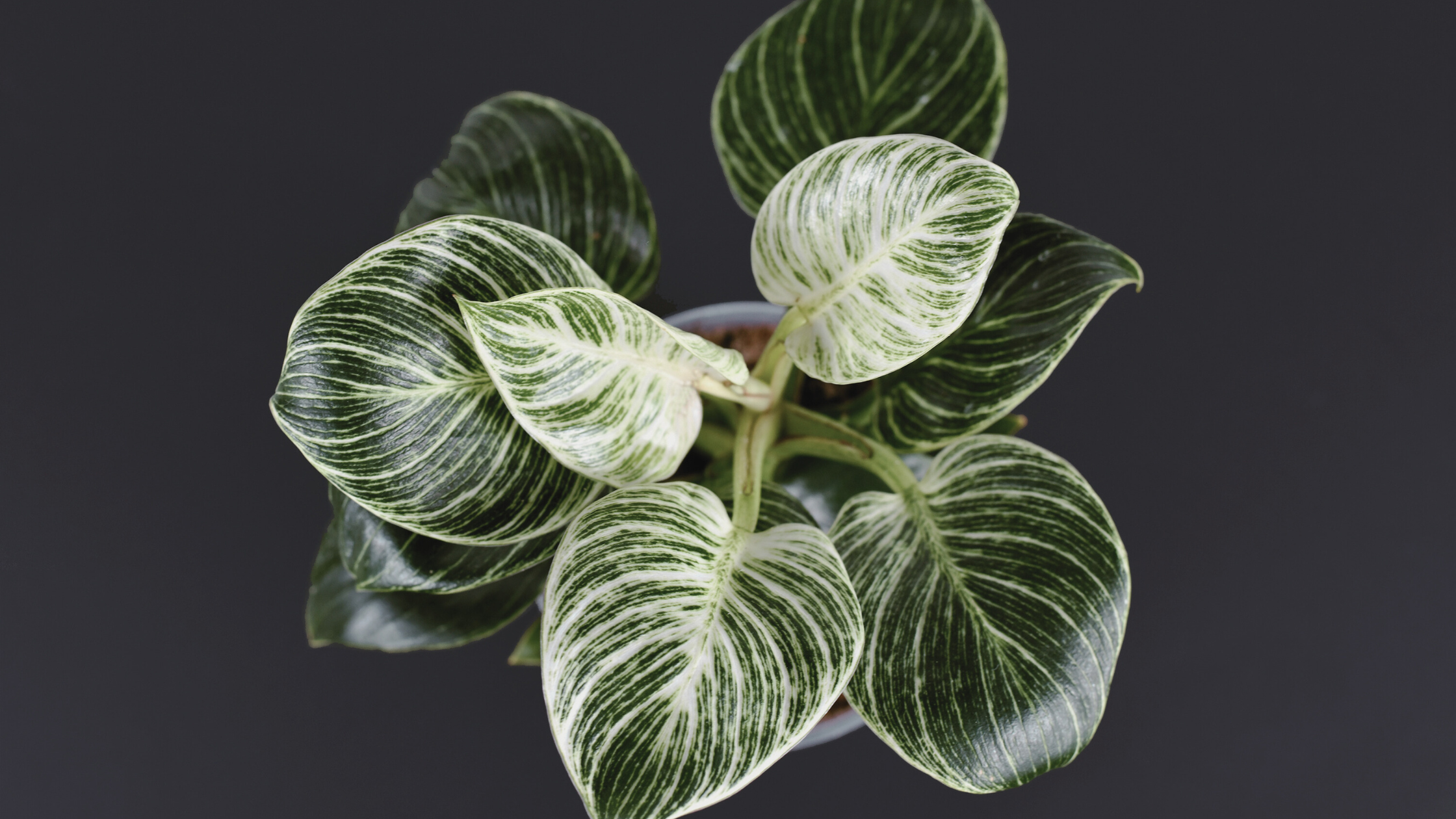
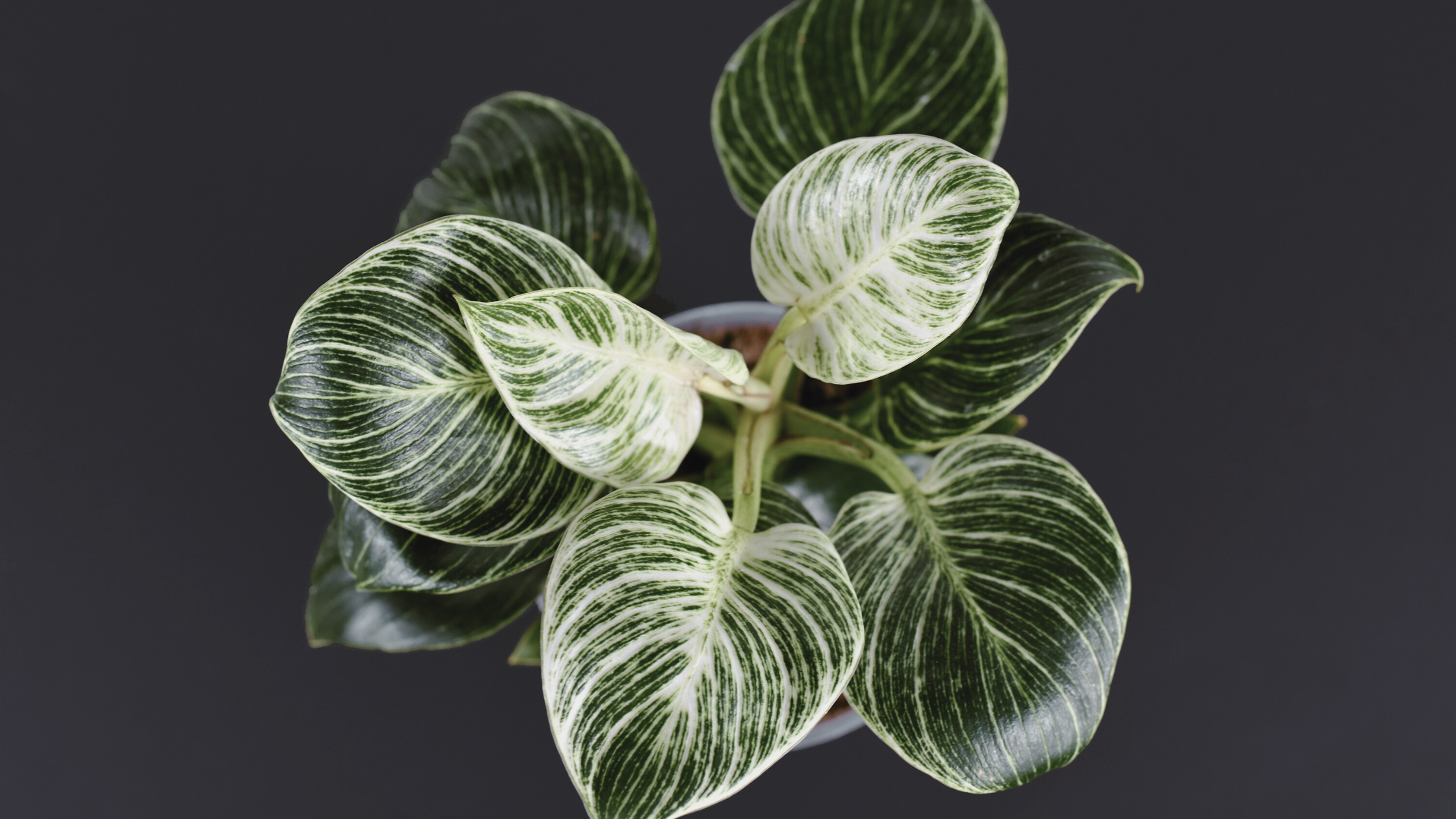

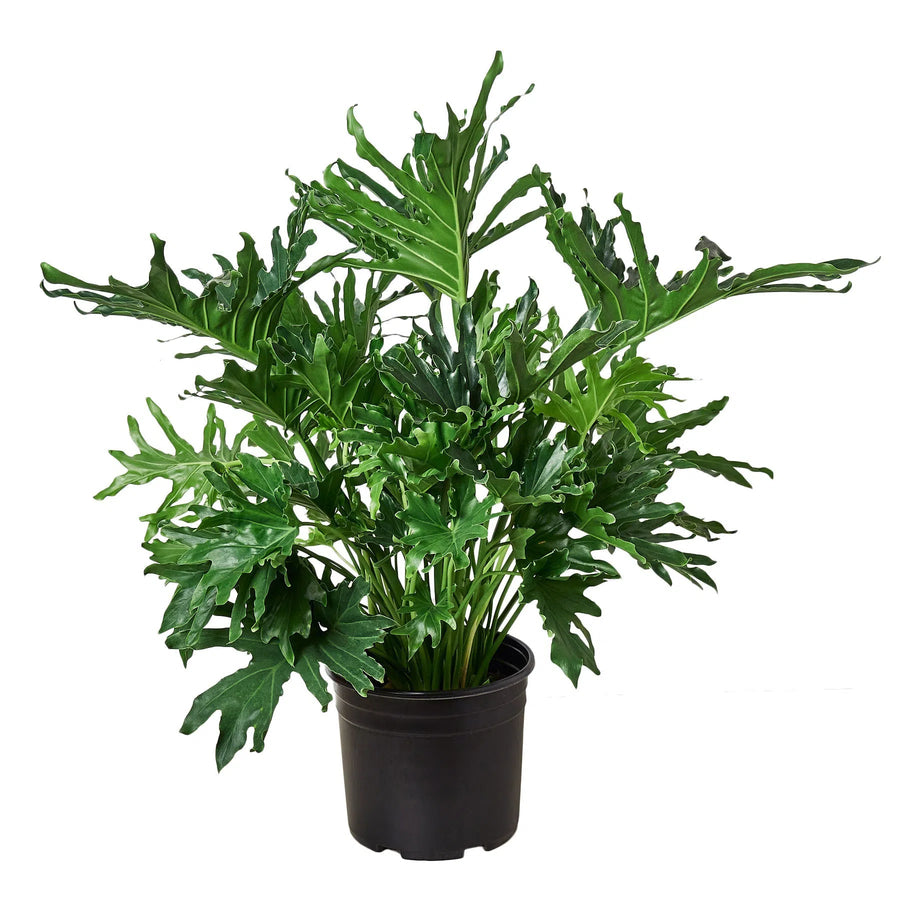



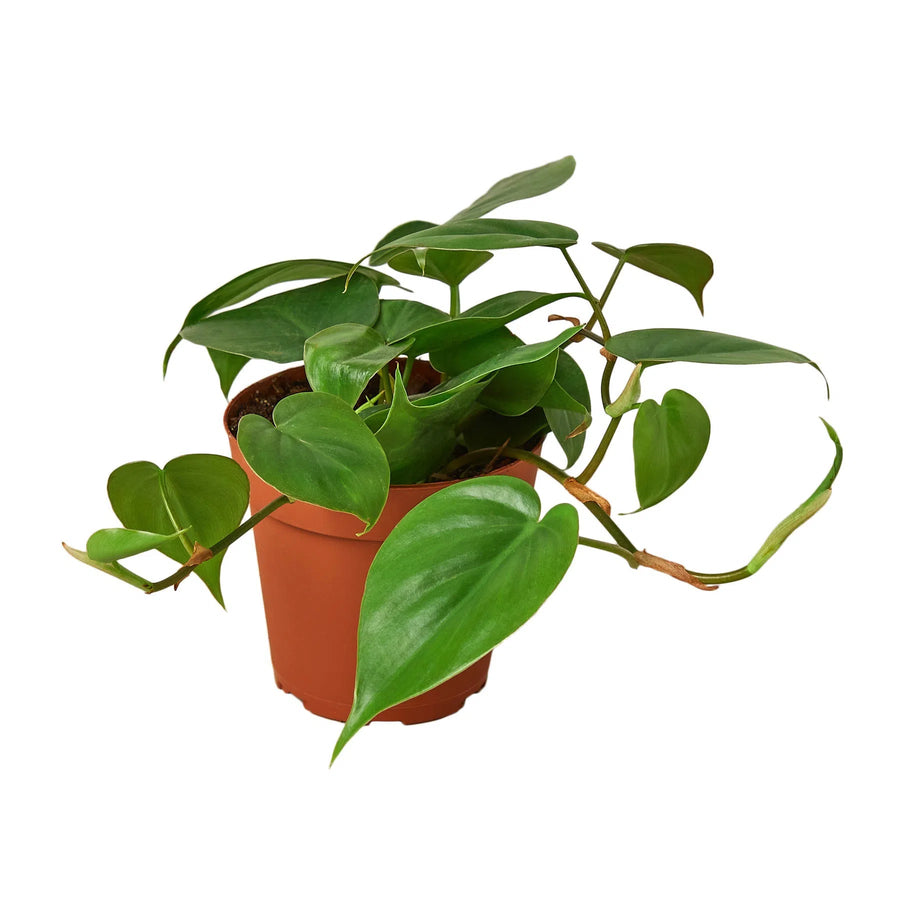
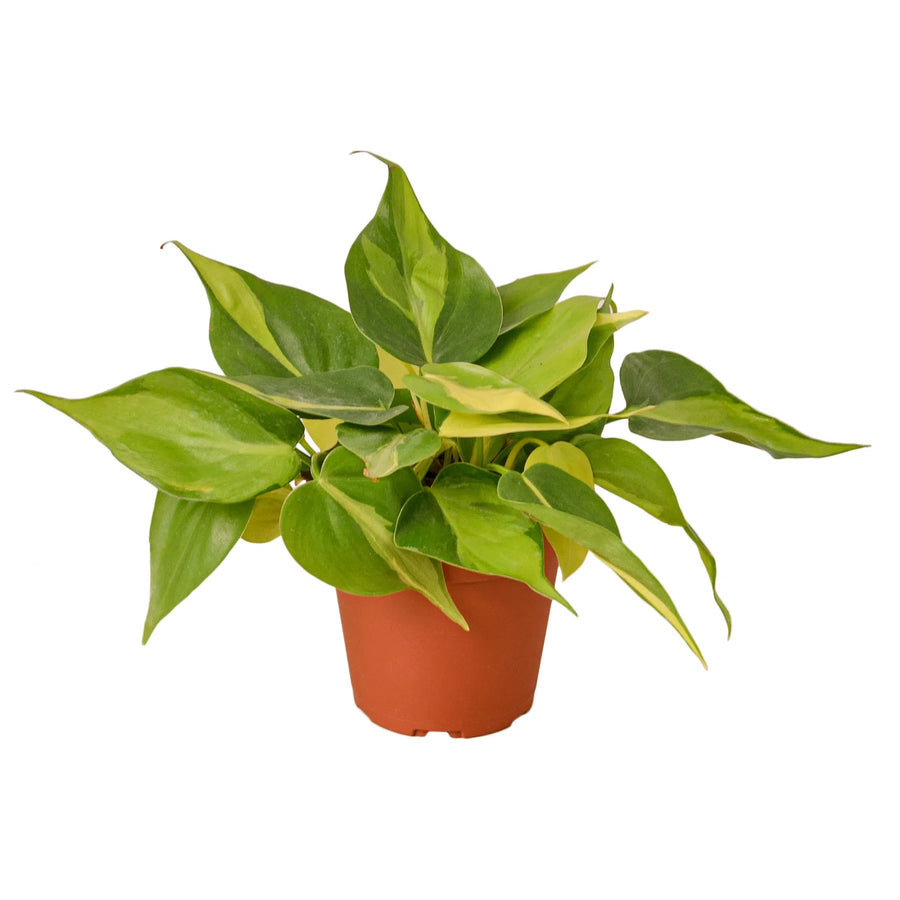
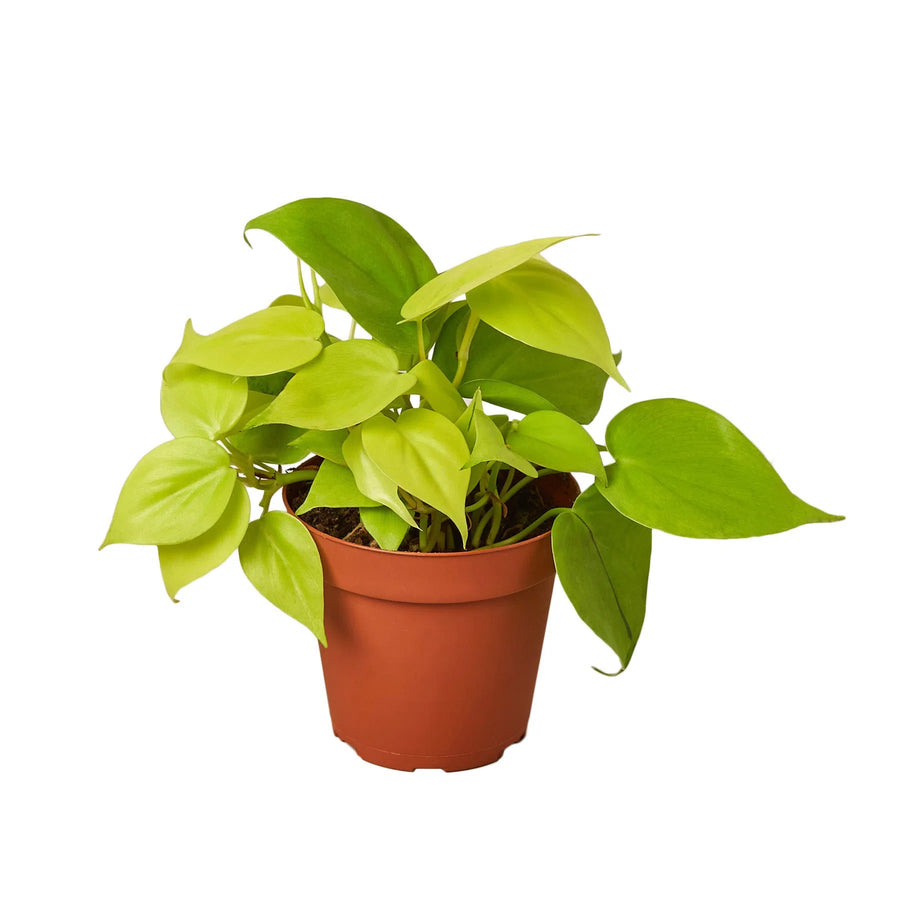
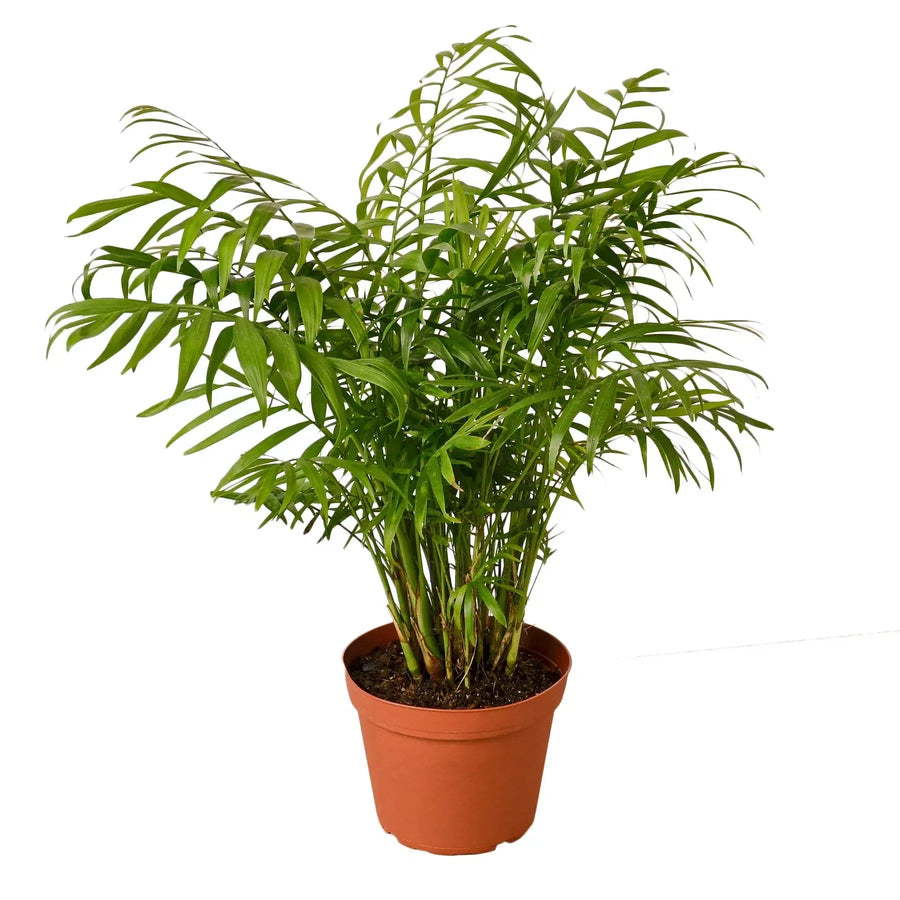
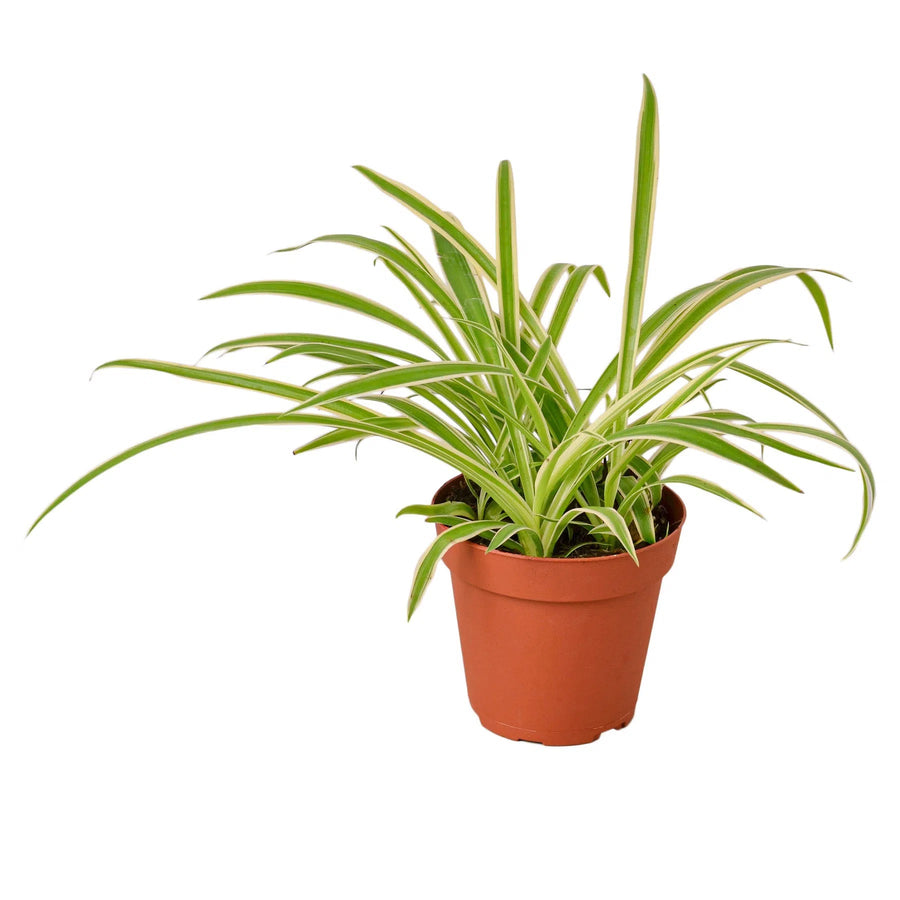
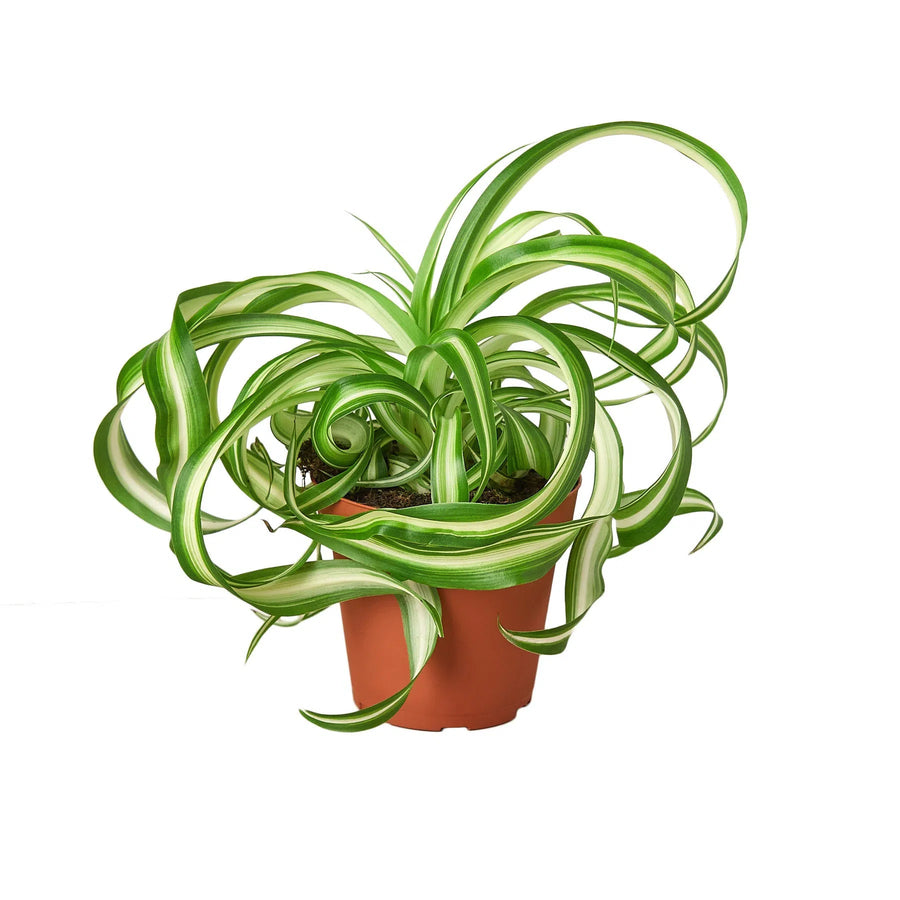
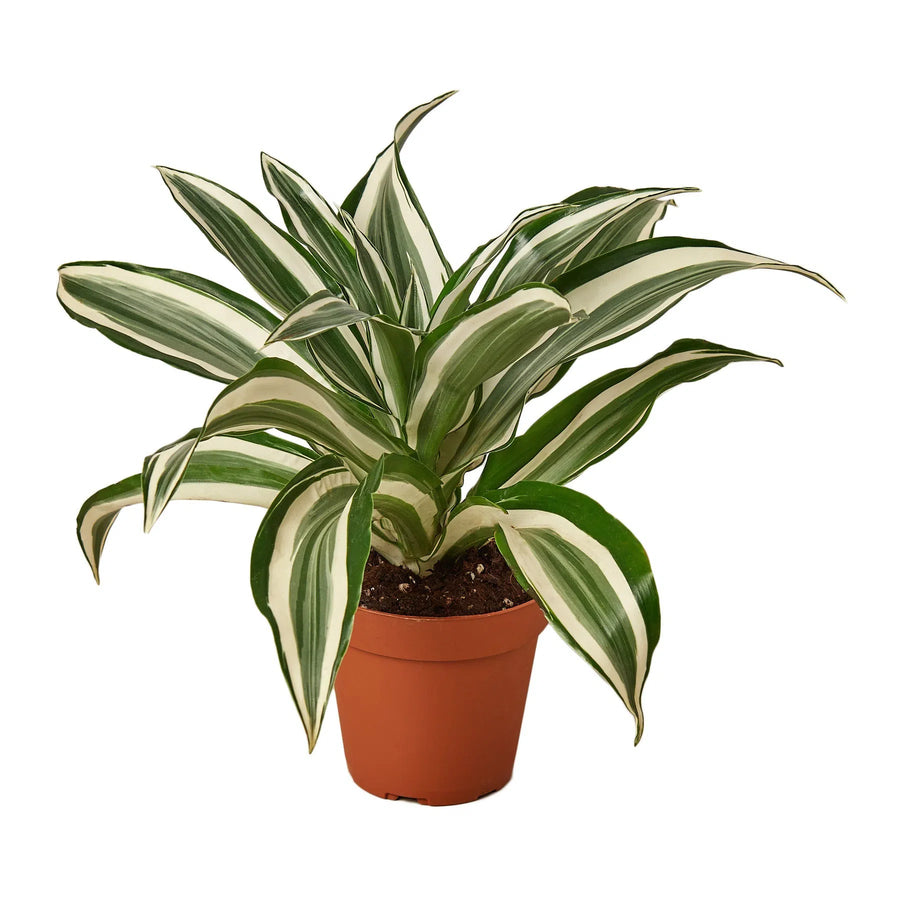
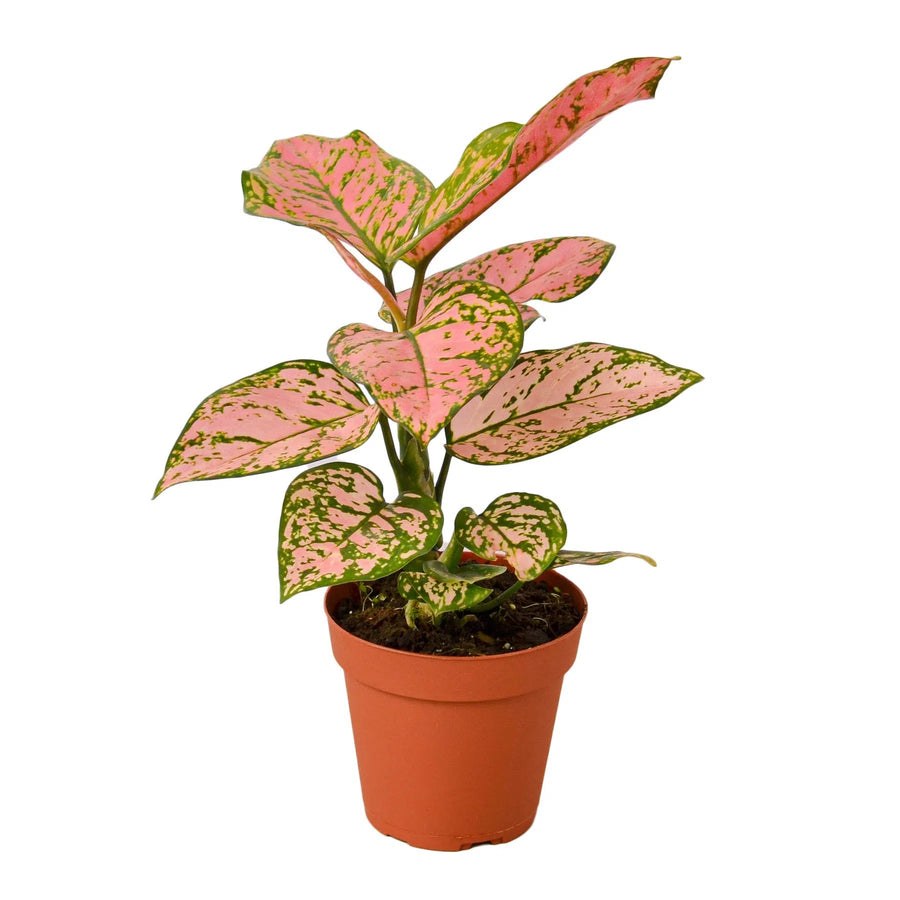
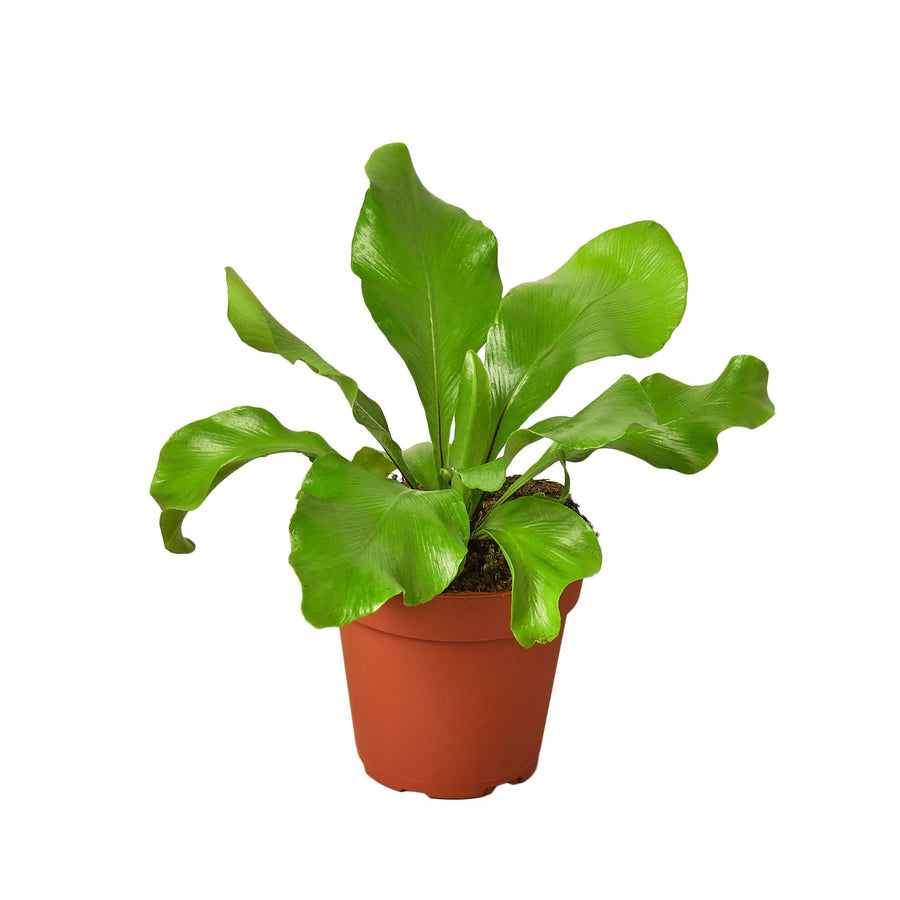
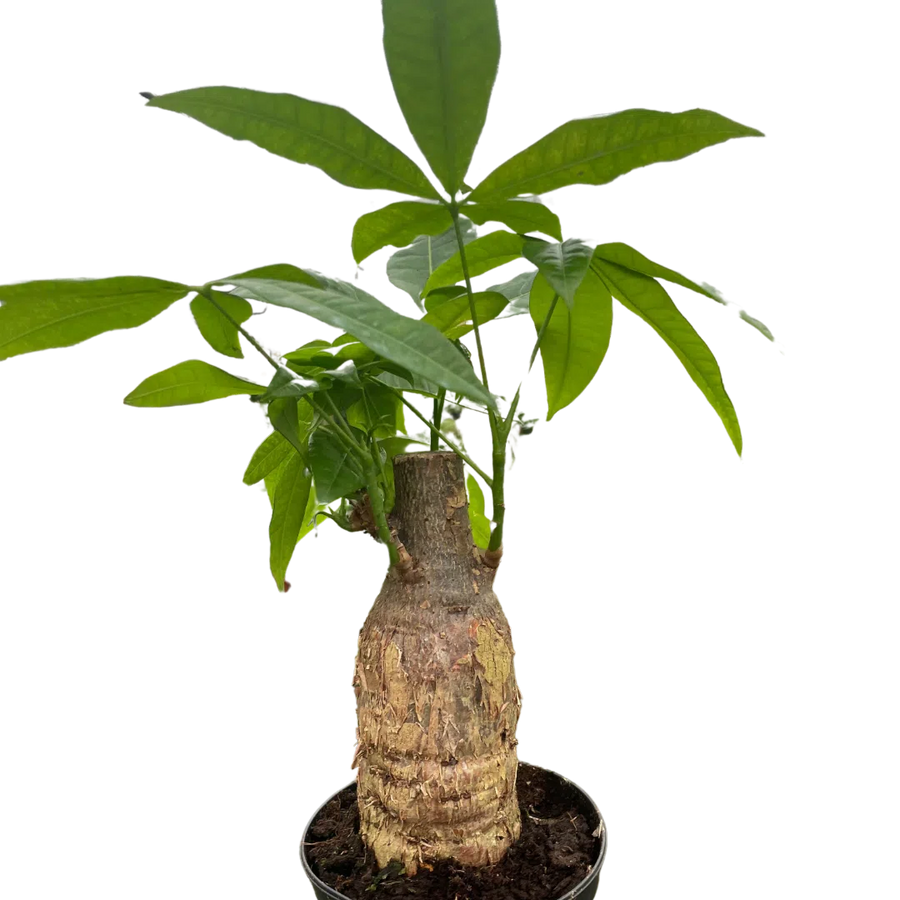
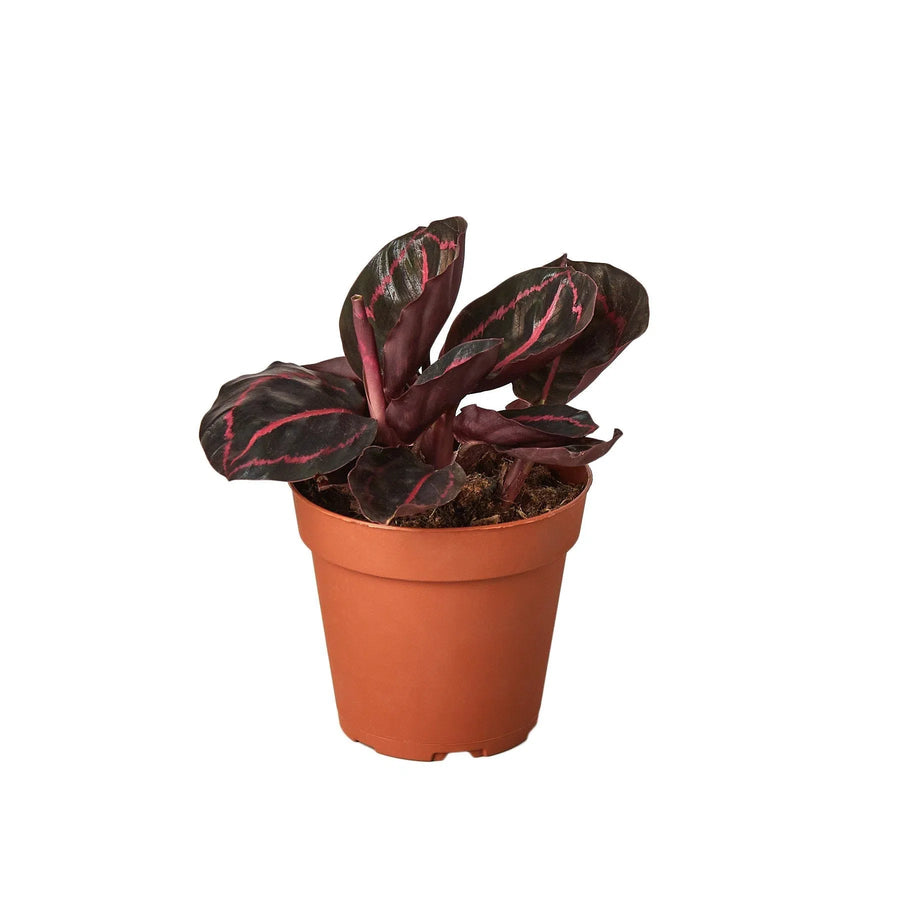
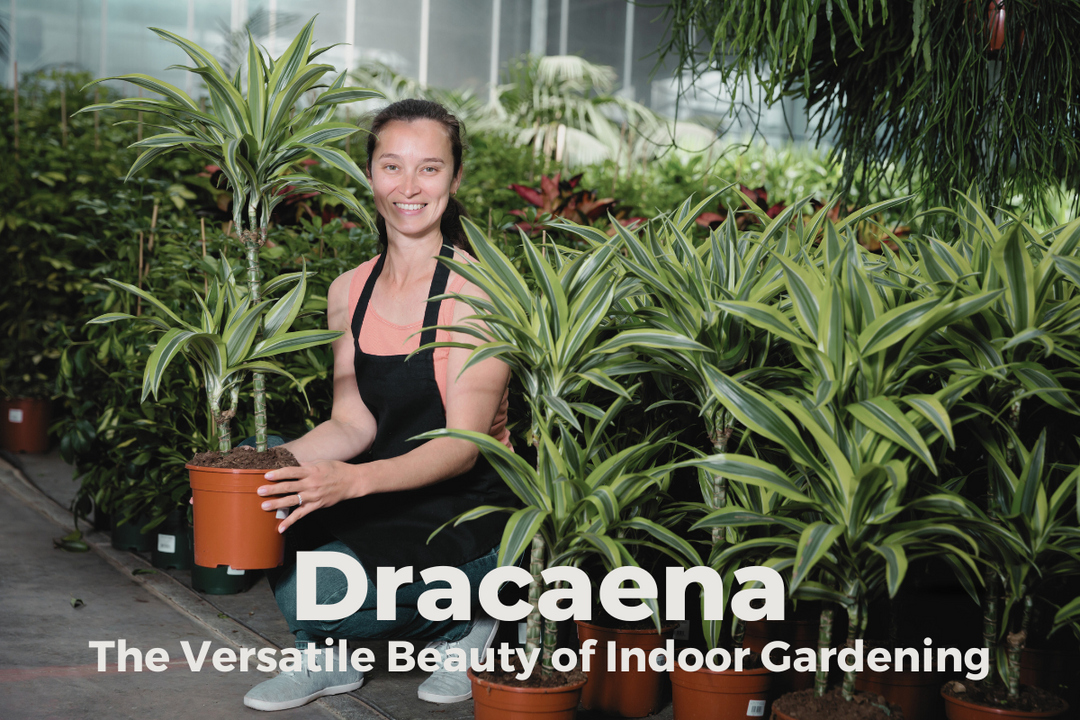
Leave a comment